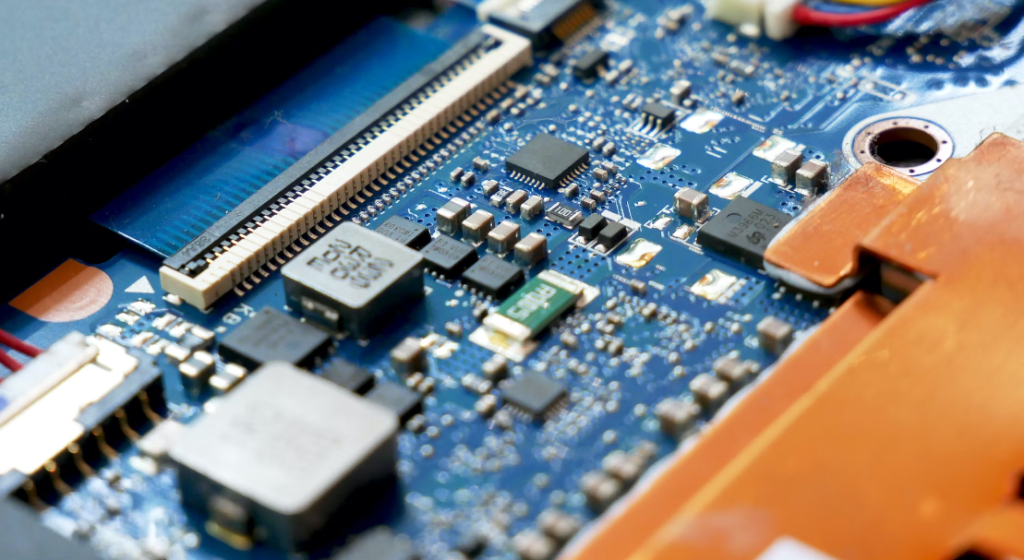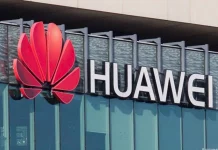In a startling revelation, sources have disclosed that China’s Semiconductor Manufacturing International Corp (SMIC) employed equipment from ASML Holding, including their immersion deep ultraviolet (DUV) machines, to manufacture an advanced processor for Huawei Technologies’ latest 5G smartphones.
The use of ASML’s technology, despite broad export restrictions imposed by the US, raises concerns about China’s rapid progress in chip manufacturing. Huawei’s Mate 60 Pro series, powered by a 7-nanometer chip, showcased the nation’s technological prowess, leaving experts questioning the effectiveness of international controls.
ASML, a key player in the global chip supply chain, saw its shares dip in response to the news. While the company has a monopoly on advanced extreme ultraviolet lithography systems (EUVs), it also supplies less-advanced DUV machines for producing mature semiconductors. Although ASML has been unable to sell its EUV machines to China due to strict export regulations, the DUV models were utilized by SMIC in combination with tools from other firms to create the groundbreaking chip for Huawei’s 5G smartphones.

This development hints that export restrictions on ASML’s advanced technology might have been implemented too late to curb China’s technological advancements, raising concerns about potential military implications. Despite these restrictions, Huawei managed to introduce a cutting-edge processor, prompting further questions about how SMIC accomplished this feat and the effectiveness of international efforts to halt China’s progress in the semiconductor industry.
Huawei’s Comeback with self- made Chip:
Amidst the controversy surrounding Huawei’s latest Mate 60 Pro, the spotlight falls on the company’s resilience and innovative spirit. In the face of challenges stemming from US sanctions, Huawei was compelled to reassess its strategies after losing access to Google’s apps and its silicon due to pressure on chip-making giant TSMC.
Huawei’s response was a strategic pivot, leading to the development of the Kirin 9000 chip, marking a significant comeback for the Chinese tech giant. This move not only signifies Huawei’s determination to overcome obstacles but also highlights its ability to produce cutting-edge smartphones with in-house technology, recapturing the attention of the tech world and potentially paving the way for the company’s resurgence in the smartphone market.
The situation underscores the challenges faced by regulators, as even limited access to less-advanced equipment enabled China to achieve remarkable results, showcasing its ability to adapt and innovate within existing constraints. The incident has sparked a debate on the adequacy of existing controls and the need for more stringent measures to safeguard advanced semiconductor technology.
Related:
- Lawmakers in Netherlands criticize US Export restrictions on ASML Chip Machines
- Former ASML Employee Joins Huawei: What This Means for Global Chip Technology
- The New King of Smartphones: Huawei Mate 60 Pro Outsells iPhone 15 Pro Max in China
(via)







